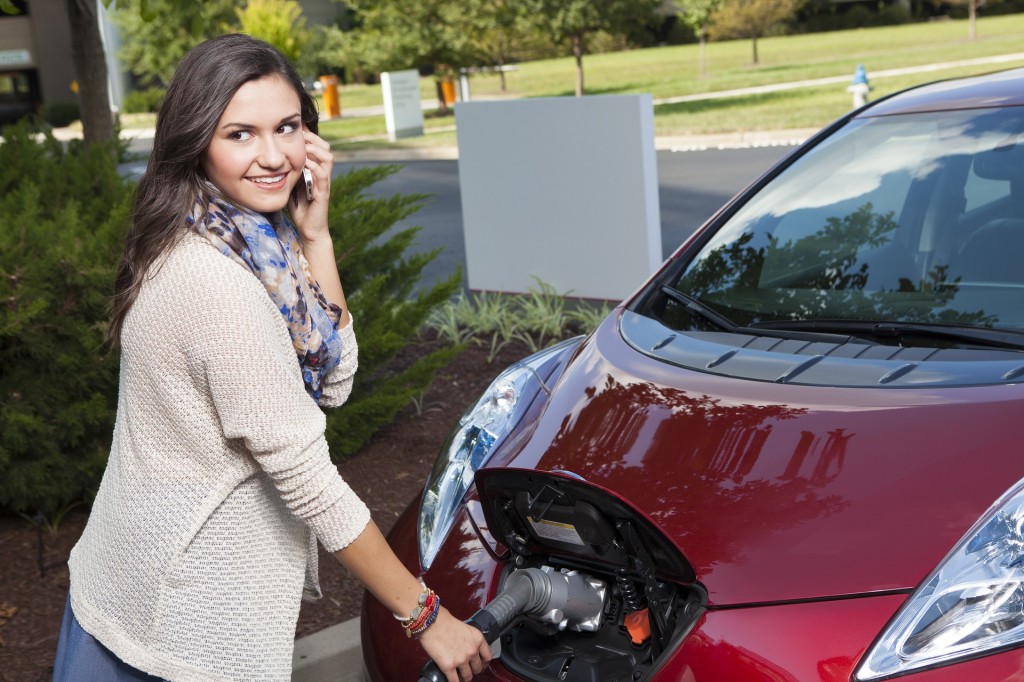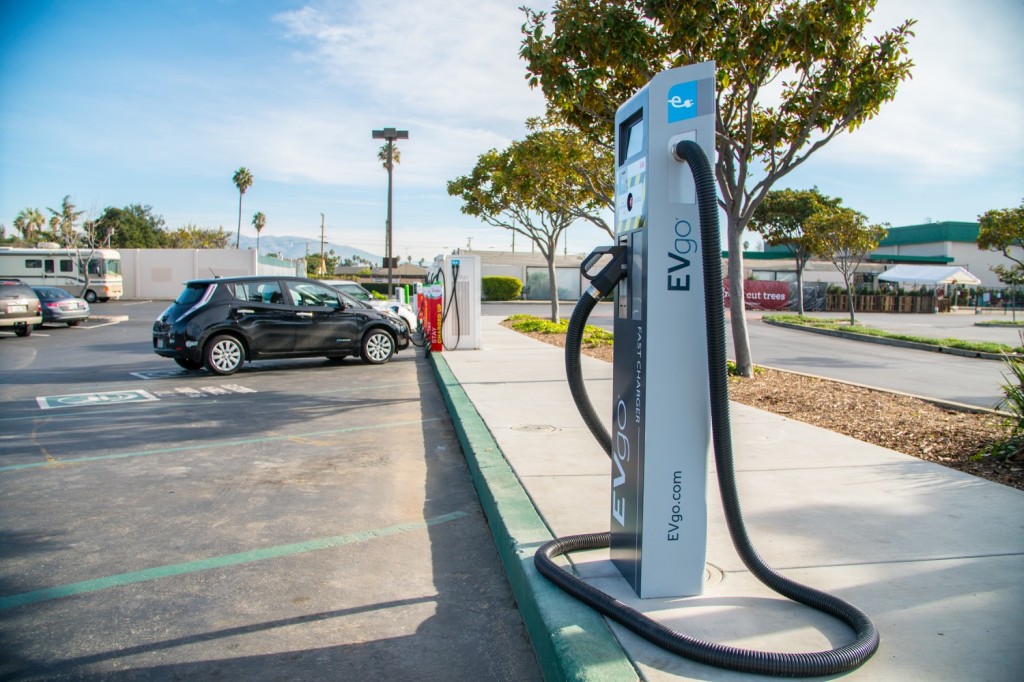Those with cardiovascular implants—including pacemakers—need to be cautious around devices that generate strong magnetic fields, like metal detectors, cell phones, or even battery chargers.
Does the caution extend to electric cars and their high-power, high-voltage systems? General tips provided to patients—as summed by the American Heart Association, or from device suppliers like Medtronic—still don't yet give concise guidance on whether EVs are safe. However thanks to research completed last year and published in January by a group of researchers at the Technical University of Munich (and recently reported by New Atlas), there’s now a lot more assurance.
The takeaway is that if you or someone in your family has a pacemaker, you shouldn’t hesitate to embrace electric vehicles—as the electric fields they generate are low enough inside the car to not affect the performance of pacemakers. But you will want to exercise some caution around high-power DC fast charging.

Charging the 2020 Porsche Taycan Turbo
The researchers claim that theirs is “the first study to evaluate the effect of electromagnetic fields and potential EMI (electromagnetic interference) produced by fully electric cars” on those devices.
The study covered a great number of devices—108 in all, from seven manufacturers—and measured electromagnetic effects that vehicle occupants would experience. Researchers analyzed the electrocardiograms (ECGs) of participants and had them independently analyzed by two cardiologists.
“We found no effect on CIED functional or programming during driving or charging.” the researchers said. “Our results are consistent with a smaller study that investigated EMI in a single hybrid vehicle,” they reported—referring to a 2017 study that involved the Toyota Prius.
A 2013 study, looking at 30 pacemaker recipients as they rode in a 2012 Toyota Prius, had come to similar conclusions—that the car “did not generate clinically relevant amounts” of electromagnetic interference. And a 2014 study that measured EMF levels near the floor of vehicles found that EVs posed no cause for concern.

2015 Nissan Leaf
Electromagnetic effects in electric cars are the strongest under maximum acceleration and unrelated to speed, the researchers underscored; and this is the first one Green Car Reports has encountered that looked at that situation. For the tests—involving a first-generation Nissan Leaf, Tesla Model S P85, BMW i3, and VW e-Up—they kept the vehicles stationary, on a roller-bench, so that they could get the vehicles to their highest power output in a controlled manner, to generate those maximum fields.
The battery was reported to be the primary source of the EMF in the vehicles tested, although the power inverters, wiring, and power steering pumps contributed.
While the research focused on the fields as measured inside, not around, the cars, there were still some reasons for caution not in EVs but around them—especially when charging at a high-power highway stop.

Prototype EVgo 350-kw fast-charging station Fremont, CA
The paper suggested that levels of magnetic interference were much higher near the charging inlet—possibly due to lower levels of shielding for the charging cable itself. Which means that maybe you should tell the family member with the pacemaker to go get a cup of coffee while you’re hooking the Taycan or Tesla up to the highest-power DC fast charging.
“The field strength along the charging cable increased as current increased,” the researchers reported. The study focused on a maximum of 32A—the current typically used by Level 2 home chargers, with a few exceptions.
“These results suggest current electric cars are safe for patients with CIEDs and no restrictions on travelling in them are required,” they sum. “Nevertheless, vigilance is required to monitor for rare events, especially associated with vehicle charging and proposed super-charger technology.”
